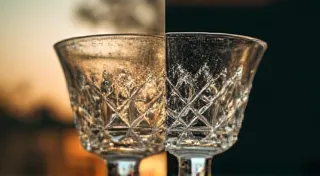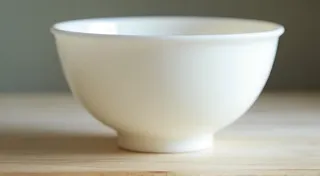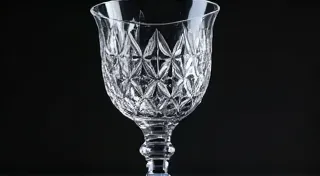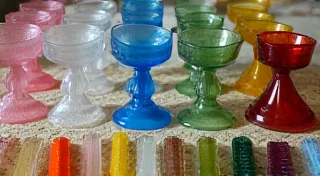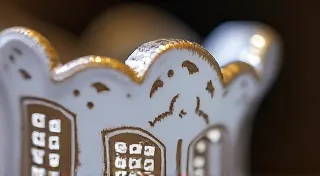Pattern Variations: Understanding the Nuances of Antique Glass
Identifying antique glassware patterns can be a deeply rewarding hobby. Many people start with a clear understanding of the primary patterns – Depression glass, cut glass, pressed glass – and then begin to notice subtle differences. These variations, often overlooked by novice collectors, can significantly impact a piece’s rarity, value, and historical significance. This article explores those nuances and provides tips for differentiating them.
Why Do Patterns Vary?
Several factors contribute to the variations we see in antique glassware patterns. Understanding these factors is crucial for accurate identification and appreciation.
- Production Changes: Manufacturing processes weren’t always consistent. Slight shifts in mold design, machine settings, or even material composition could result in small, yet noticeable, variations within the same pattern run.
- Factory Changes: Many patterns were licensed to multiple glass manufacturers. Each manufacturer might interpret the original design slightly differently, or adapt it to their available equipment and skill sets. The history of these manufacturers and the intricacies of their operations are fascinating, and understanding them can unlock a deeper appreciation for these variations.
- Time Period Changes: Over time, even within a single factory, patterns evolved. Minor alterations might be made to streamline production, adapt to changing consumer tastes, or simply to correct design flaws. These shifts are often documented in company records, and sometimes visible in the evolution of milk glass production itself, showcasing how design principles adapted across generations.
- Experimental Runs: Glass factories frequently experimented with different colors, techniques, and even pattern elements. Some of these experimental pieces never made it to full production, while others circulated quietly within the market. These experiments sometimes involved subtle shifts in coloring techniques, mirroring the approaches seen in chromatic echoes of pressed glass, revealing the constant innovation occurring within the industry.
- "Field Adjustments": Some factories would make small, on-the-fly alterations to molds during production. This could be to correct a flaw, or simply to create a slightly different look.
Let’s look at some common ways these variations manifest. Recognizing these distinctions will elevate your glass identification skills.
Color Variations
While identifying a pattern's primary color (e.g., Ruby Red, Cobalt Blue) is important, even within a single color run, variations can exist. The intensity of the color, the presence of streaks or mottling, and the evenness of the application can all differ. Understanding how color was achieved – through mixing raw materials, using different firing techniques, or even applying surface treatments – adds another layer to the appreciation of these subtle differences. The pursuit of the perfect hue drove many experiments and influenced the final appearance of antique glassware.
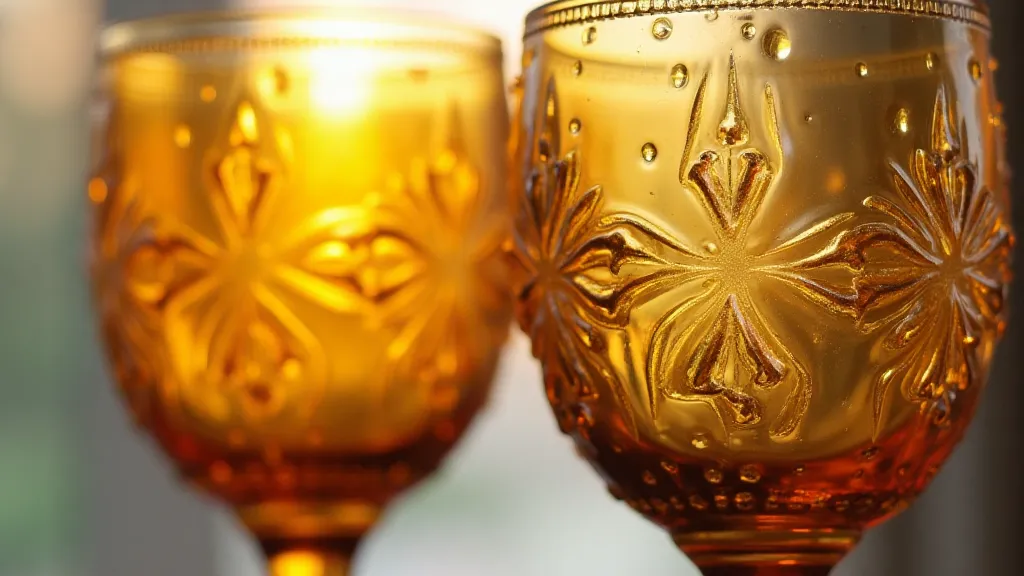
Mold Variations
The details of a pressed glass pattern are determined by the mold used to create it. Even minor alterations to the mold, such as a slightly different placement of a flower petal or a change in the depth of a cut, can lead to noticeable variations. Look closely at the details – the sharpness of lines, the consistency of shapes, and the overall symmetry. These seemingly minor changes can dramatically impact the visual appeal and overall value of a piece.
Size and Shape Variations
While a pattern is generally defined by its design, the size and shape of pieces within that pattern can also vary. A specific shape of a vase, bowl, or glass may be introduced or removed. This can occur due to changes in popular trends or factory limitations. The ability to identify these dimensional shifts can separate a seasoned collector from a novice, demonstrating a deeper understanding of production cycles and market demands.
Cutting Variations (Cut Glass)
For cut glass, variations are often seen in the intricacy and placement of cuts. The depth, angle, and style of cuts – such as hobnails, crosshatching, or scrolls – can all differ. Look for variations in the placement of these cuts, and the overall effect they create. The evolution of cutting techniques, from simple flat cuts to elaborate three-dimensional patterns, reveals the incredible skill and artistry of the glass cutters.
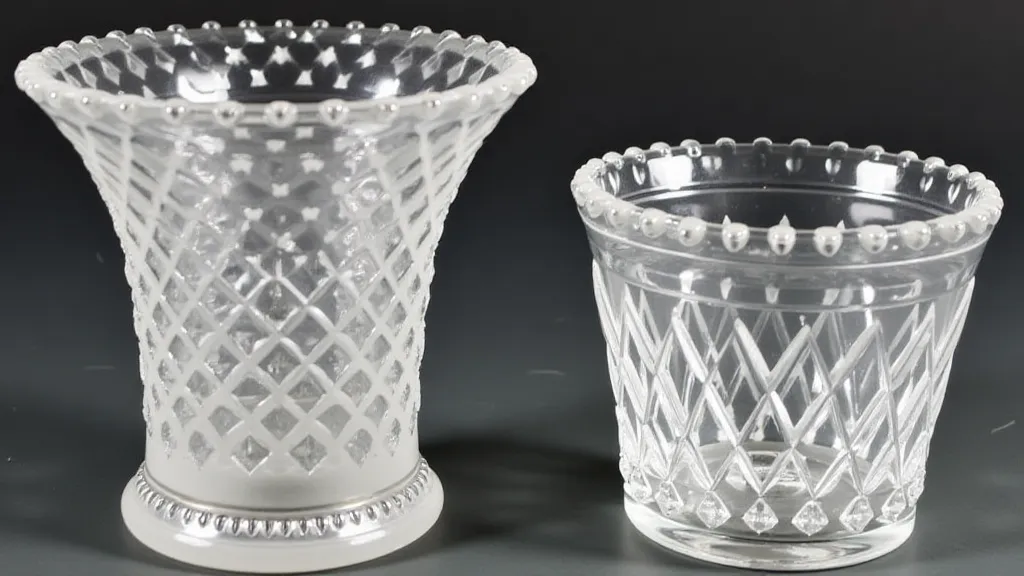
Tips for Identifying Variations
- Consult Multiple Resources: Don't rely on just one book or website. Cross-reference your findings with several sources to ensure accuracy.
- Study Original Catalogs: When available, original factory catalogs offer valuable insight into the intended appearance of a pattern. These catalogs are like time capsules, providing a glimpse into the aesthetic preferences of past eras.
- Compare with Known Examples: If possible, compare the piece you’re trying to identify with known examples of the pattern. Online forums and collector communities can be helpful for this.
- Document Your Findings: Keep detailed records of your observations, including photographs, measurements, and any distinguishing characteristics. A meticulous record-keeping system can prove invaluable when trying to trace the lineage of a specific pattern variation.
- Be Patient: Identifying antique glassware variations takes time and practice. Don't be discouraged if you don't get it right away.
Beyond Identification: The Stories Behind the Glass
The variations we observe in antique glassware aren't just aesthetic quirks; they are tangible links to the history of the factories that produced them. They offer insights into the working conditions, the available technology, and the evolving tastes of consumers. Sometimes, these variations can even provide clues to a piece’s provenance, helping us trace its journey from factory to collector.
For example, the subtle differences in the placement of floral motifs within a pressed glass pattern might indicate whether a piece was manufactured in a factory using older, less precise machinery. Or, the presence of a specific type of flaw – a tiny bubble or a slight warp – could be characteristic of a particular factory’s firing process.
Unraveling Family Histories Through Glassware
Beyond the technical aspects of manufacturing, antique glassware can also provide a fascinating window into family histories. The patterns and styles that were popular in a particular era often reflect the social and economic conditions of the time. By studying the glassware found in an old family home, we can gain a better understanding of the family’s origins and their place in history. The unique markings, accidental flaws, or even the specific type of repair can all tell a story about the people who used and cherished these pieces. The dedication to preserving these seemingly fragile objects speaks volumes about the values and traditions of past generations. Similar insights can be gained by researching glassware markings and the stories they tell.
Conclusion
Understanding the nuances of antique glassware patterns adds a whole new dimension to collecting. By paying attention to these subtle variations, you’re not just identifying a pattern – you're uncovering a story of manufacturing, design, and the evolution of a beloved art form. Happy hunting!
